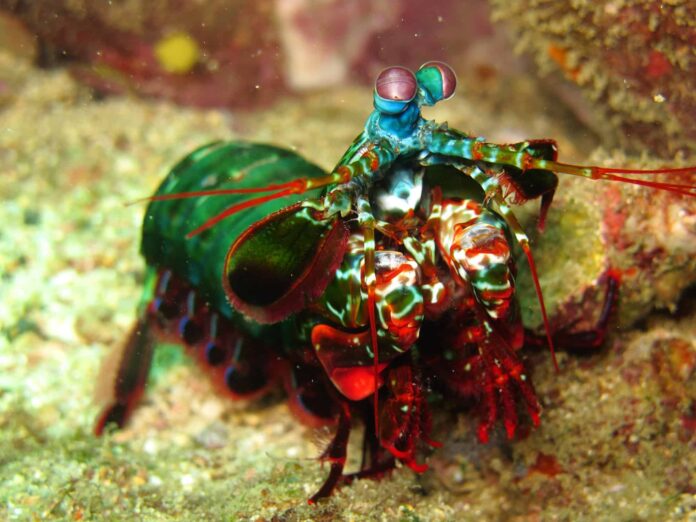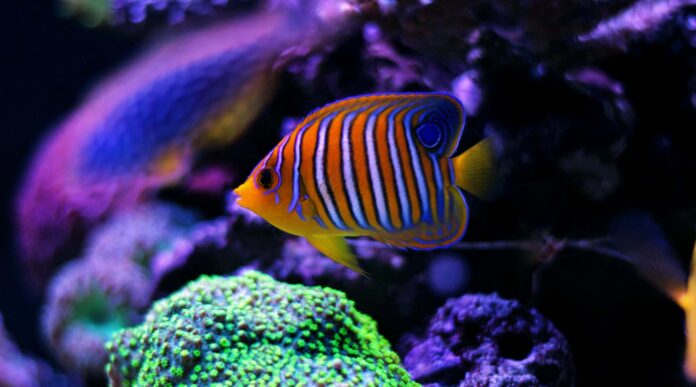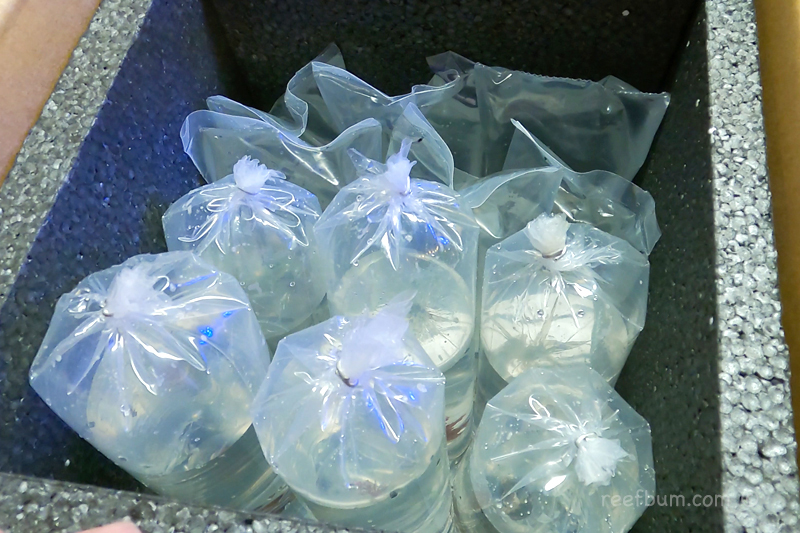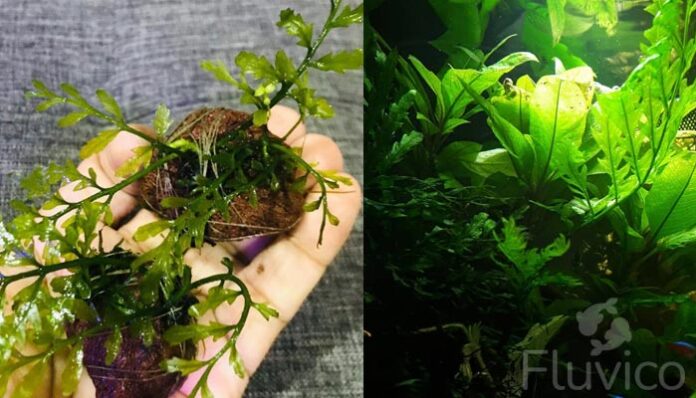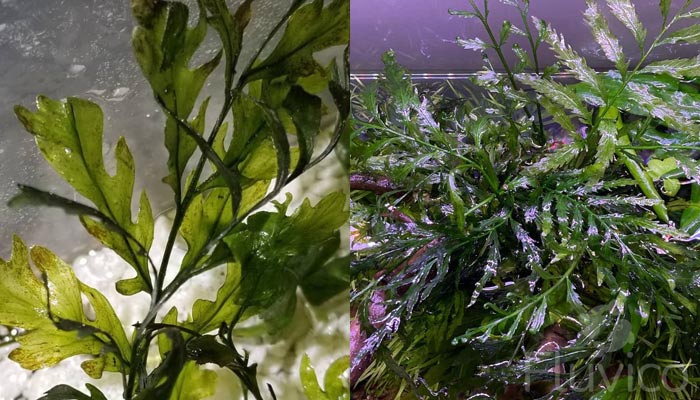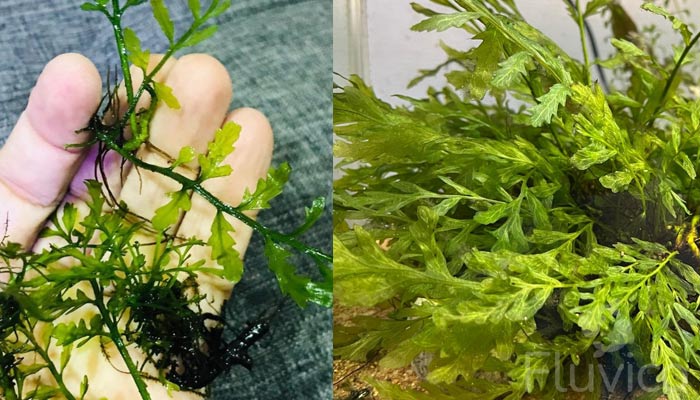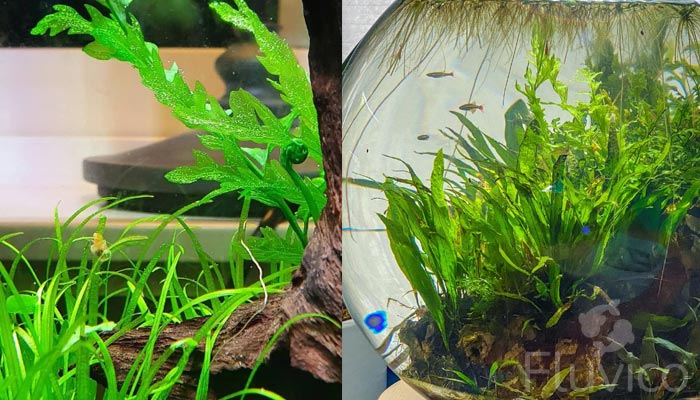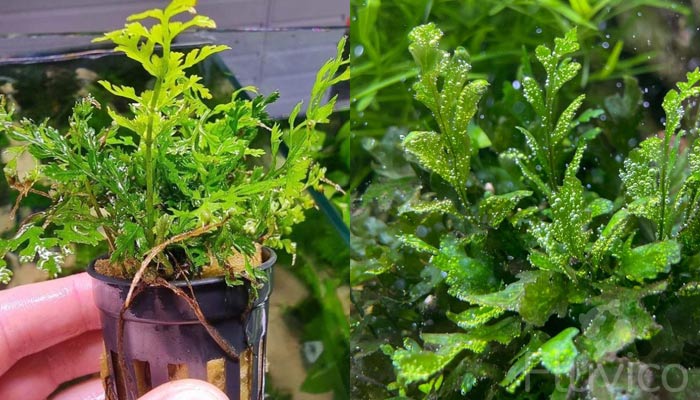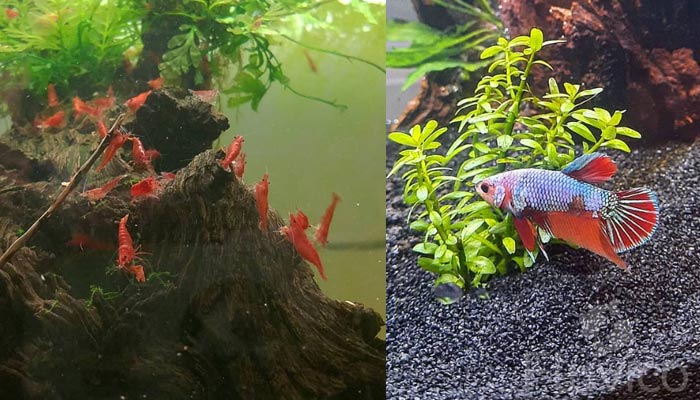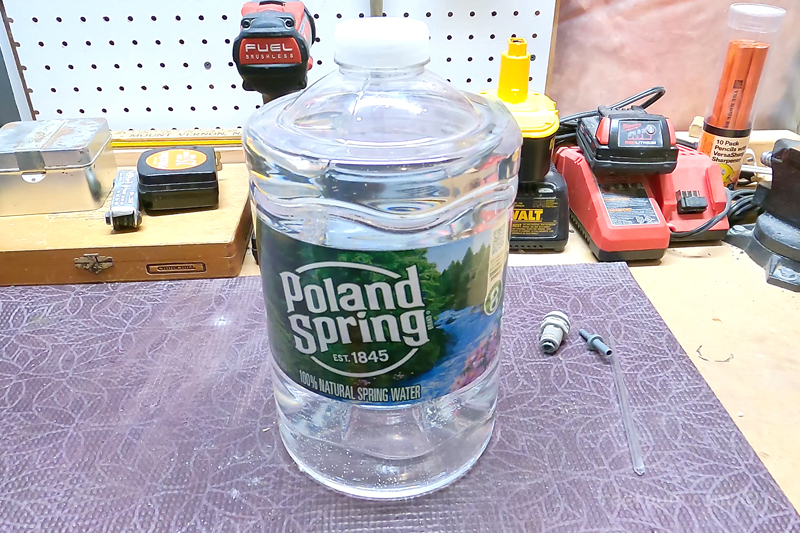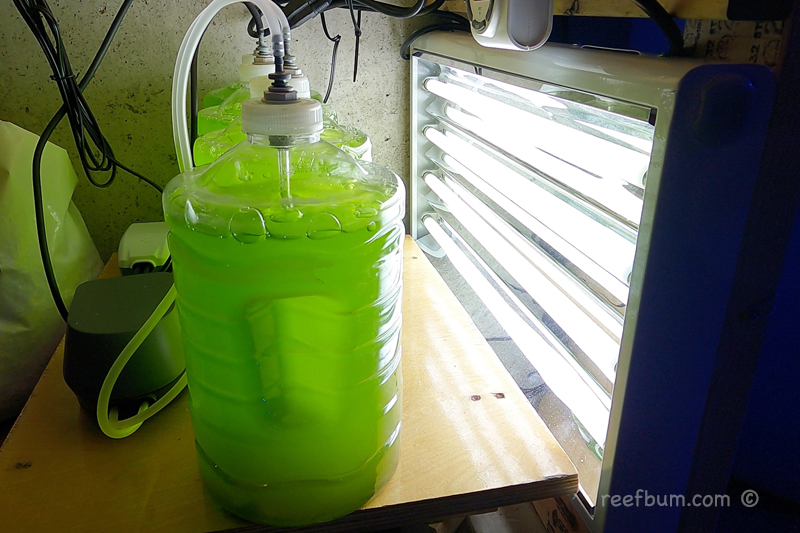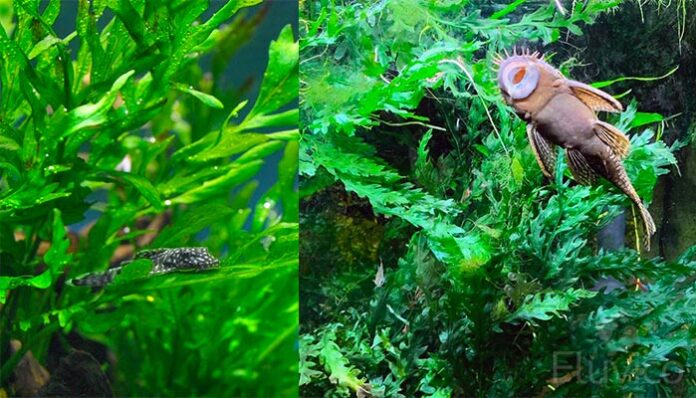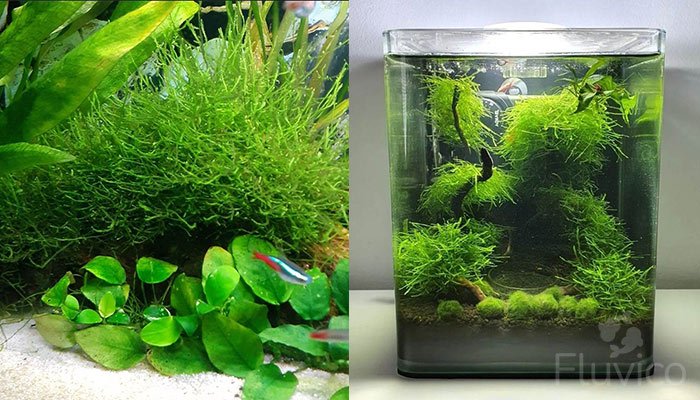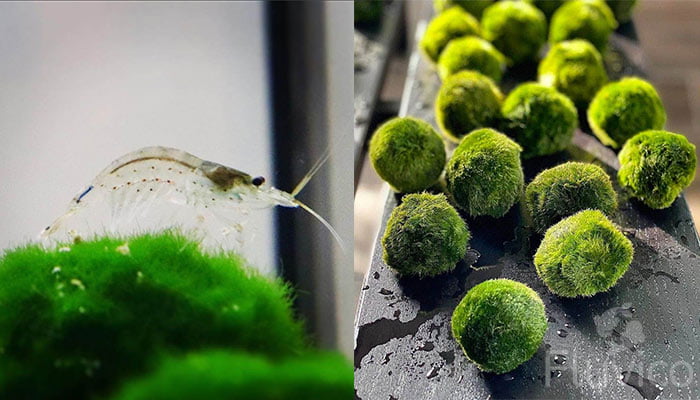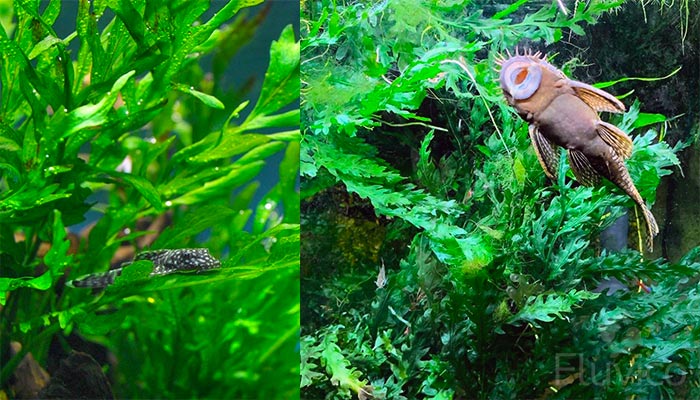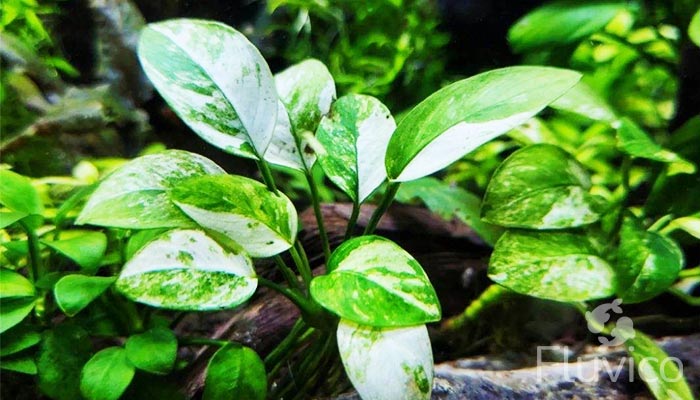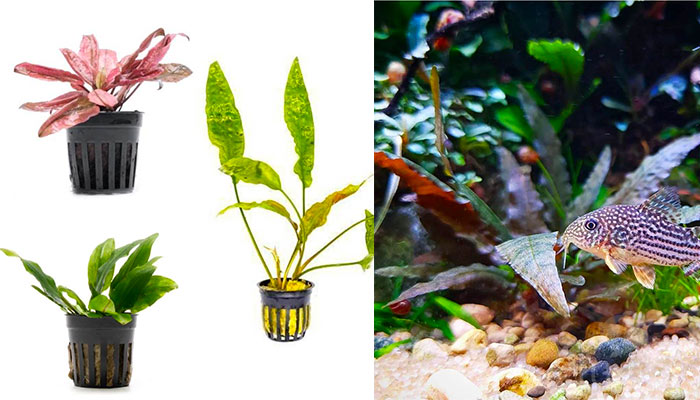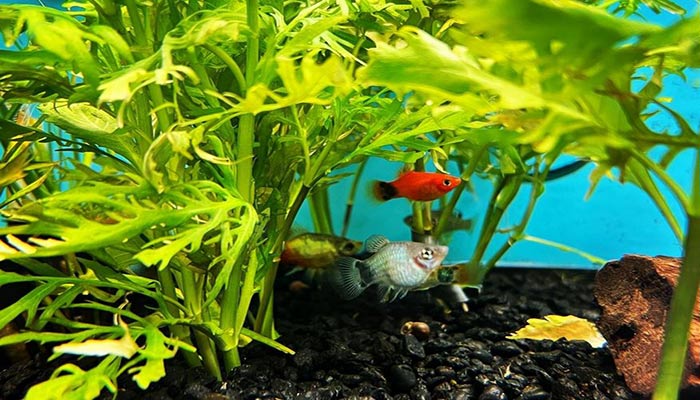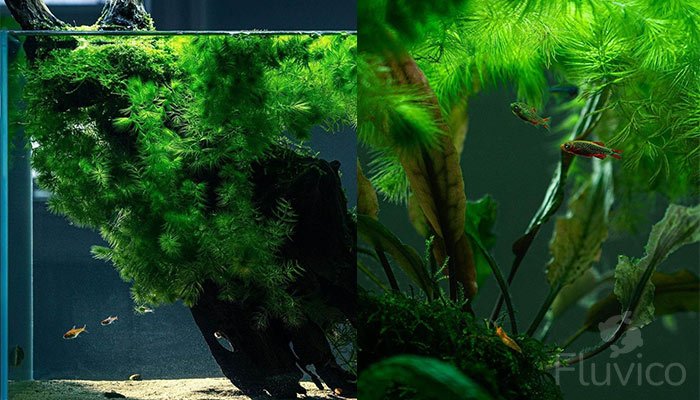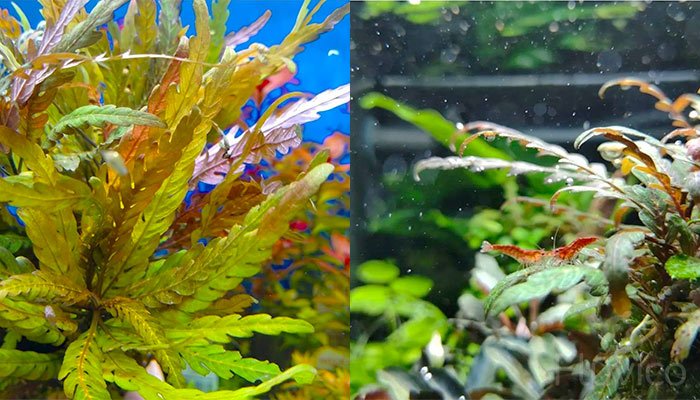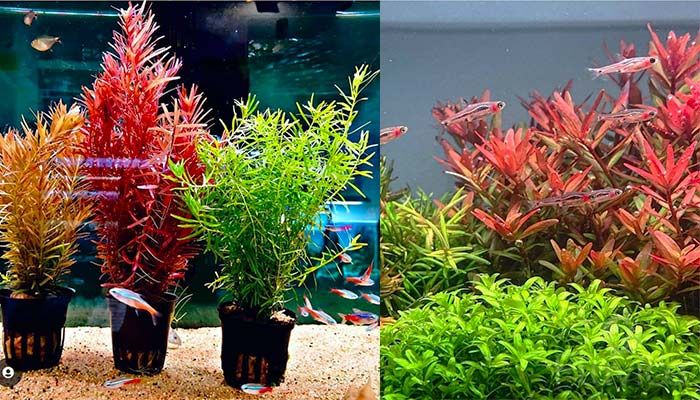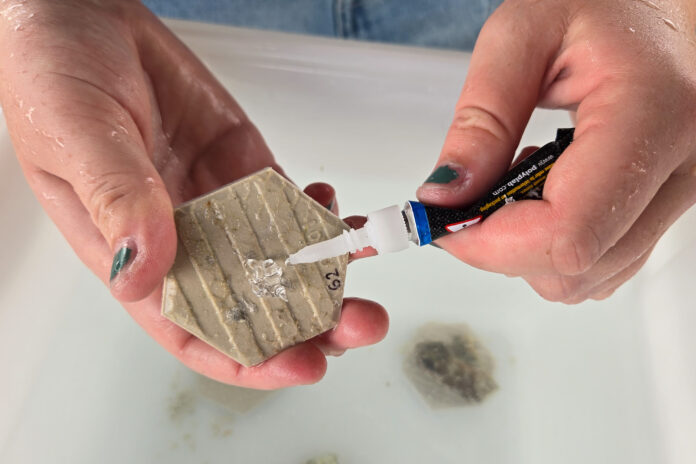When it comes to cichlid tanks, most people prefer to create a natural-looking tank that resembles their natural environment. A few hobbyists and professionals, however, are choosing bare-bottom tanks instead of substrate.
So what are the pros and cons of bare-bottom tanks? Should you be trying them out? That depends on your priorities, so let’s take a closer look.
The Advantages of Bare-Bottom Tanks
Easier To Clean

The primary reason that some aquarists opt for bare-bottom tanks over substrate is that they believe they’re easier to clean.
With no sand or gravel in the way, the fish keeper can easily hoover out any uneaten food, fish waste, and debris with a siphon. This is deemed especially important in breeding tanks where it’s important to maintain hygienic conditions to prevent disease and water poisoning.
Because certain pathogens can hide in sand and gravel, some people conclude that going bare-bottom will reduce their numbers. On the other hand, others report that harmful bacteria can build up on the glass bottom without substrate.
As with many aspects of this topic, it depends on who you ask!
Prevents Digging

Some aquarists avoid substrate simply to prevent their cichlids from digging and causing a mess.
Many cichlids indeed love to dig. At the very least, cichlids like convicts and firemouths that spawn in the substrate will dig a breeding pit, but others like eartheaters will root around in the substrate night and day, both for breeding and feeding!
Some cichlids have a strong preference for a sandy bottom, but sand particles can also easily get stirred up and trapped in the tank’s filter. Even when digging in gravel, cichlids can uproot aquatic plants and make a mess.
Removing substrate entirely does of course prevent the fish from digging, but remember that this is part of their natural behavior that they might miss if left bare bottom.
Less Investment
While gravel and sand aren’t expensive, some aquarists are looking to cut corners wherever they can. Especially when setting up large fish rooms, the amount of gravel or sand required can be quite substantial.
While it may appear to be cheaper to go without substrate, it’s worth remembering that some cichlids are less likely to breed on a bare-bottomed tank, meaning the saving won’t pay off!
The Advantages of Substrate
Visual Appeal

One of the biggest reasons that most aquarists prefer tanks with substrate is that it’s visually appealing. While bare-bottomed tanks are likened to a zoo cell with a concrete floor, sand or gravel offers a more natural-looking aesthetic.
Avoid Reflections on the Bottom of the Tank
People who try bottomless tanks don’t always realize that they will constantly see reflections of their fish on the tank floor.
Not only can this be distracting, but the reflections also water down the vivid colors of their fish. In contrast, different shades of sand or gravel can be used to enhance fish colors rather than dilute them.
Fish Prefer It
A very convincing reason for adding substrate is that fish probably prefer it.
In aquarium design, we’re constantly trying to replicate the habitats that fish come from in the wild. Not only does this offer authentic scenery to enjoy a certain type of fish, but it’ll do wonders to help your fish feel at home.

Fish that feel comfortable in their surroundings are far less likely to become stressed, disturbed, and sick compared to those in an alien environment.
Considering that most cichlid species enjoy digging in the wild, a sand or gravel bottom that allows them to enjoy this natural behavior only seems fair to the fish.
Rooting Medium for Plants

While some cichlids like East African types and Oscars can’t easily be kept with plants, many others love to dwell in heavily planted tanks and look even more impressive when immersed in swathes of dense foliage.
South American cichlids like discus, severums, and angelfish in particular, love planted tanks and the presence of live plants may even improve their health, vitality, and vivid colors.
Because most plant species need to be anchored in sand or gravel, installing substrate opens up far more options in the diversity of plants you can grow.
A Medium for Beneficial Bacteria
A slightly less obvious reason that substrate is useful is to host beneficial bacteria.
If you’ve been in the hobby for a while, you’ll likely know that nitrifying bacteria that convert harmful ammonia into nitrates are essential to keep your tank healthy.
While most people know that these bacteria live within their filter, less realize that their tank’s substrate is also heaving with these helpful critters! By including sand or gravel, you’re increasing the living habitat for them which could come in especially useful if your filter fails!
Bare-Bottom vs Substrate Cichlid Tanks FAQs
Do Bare-Bottom Tanks Require Décor?
While it’s less easy to plant bare-bottom tanks, they shouldn’t be left without décor altogether!
Remember that cichlids love to hide, so some floating plants, rocks, and driftwood are still very welcome to help them feel secure.
At the very least, some pieces of PVC pipe will offer the fish somewhere to hide, even if they look terrible!
Can I Place Rocks Directly on the Glass of a Bare-Bottom Tank?
Unless your rocks have incredibly smooth bottoms, they should never be placed directly on the tank’s glass. As many aquarists will regretfully tell you, any slightly jagged edge of a rock can crack aquarium glass when placed in direct contact.
Fish keepers have come up with different ways to protect glass from rock edges. From filter pads to rings of PVC piping, to egg boxes, aquarists have come up with some clever ways to cushion the bottom of their aquariums from the unthinkable crack.
Alternatively, lightweight PVC offers another option for hiding places if you can bear the sight of it.
How Do I Keep Gravel Clean?

Because some aquarists are opting for bare bottom tanks over substrate purely for the convenience of cleaning, it’s worth pointing out here how easy it is to clean gravel.
While sand is a little bit more tricky to clean without sucking up the particles, gravel can easily be cleaned with an aquarium vacuum cleaner.
We’ve made very simple versions with a plastic soda bottle cut in half, and attached to a hose pipe, but there are many purpose-made aquarium vacuums on the market, too.
Conclusion
You’ve probably guessed by now that in general, we’re bigger fans of tanks with substrate than bare-bottom tanks!
Not only does a sand or gravel bottom look better, but they also offer your cichlids a place to dig, help them to feel at home, and allow you to grow a wider range of plants.
On the other hand, it must be remembered that some fish breeders still prefer bare-bottomed tanks for the conveniences that they claim they offer. To look into the nuances of the argument further, take a trip to an aquarium forum where the issue is hotly debated!
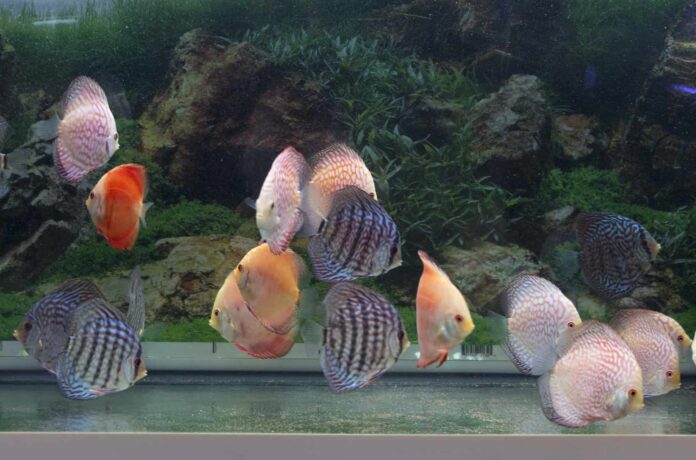
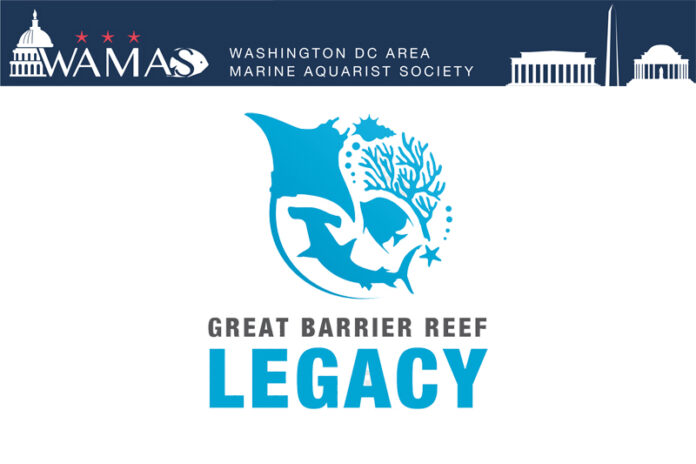
 Please visit my
Please visit my 